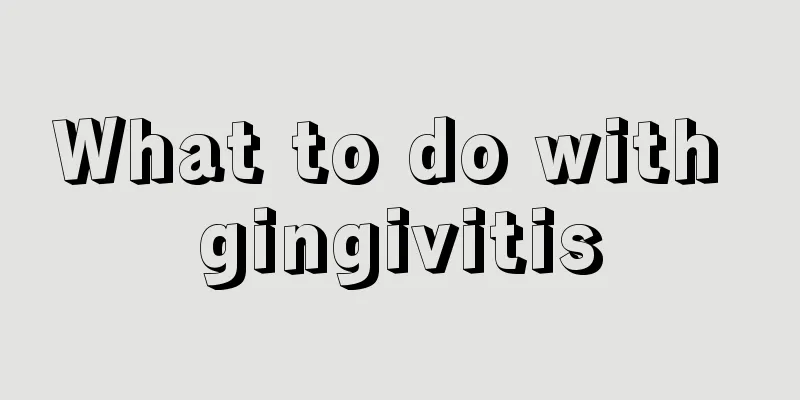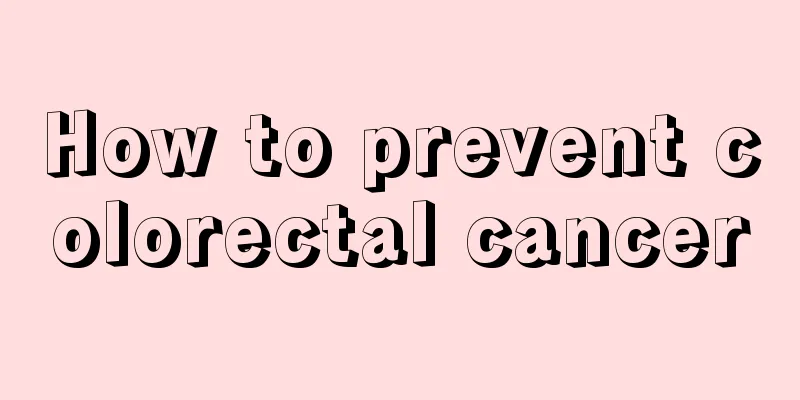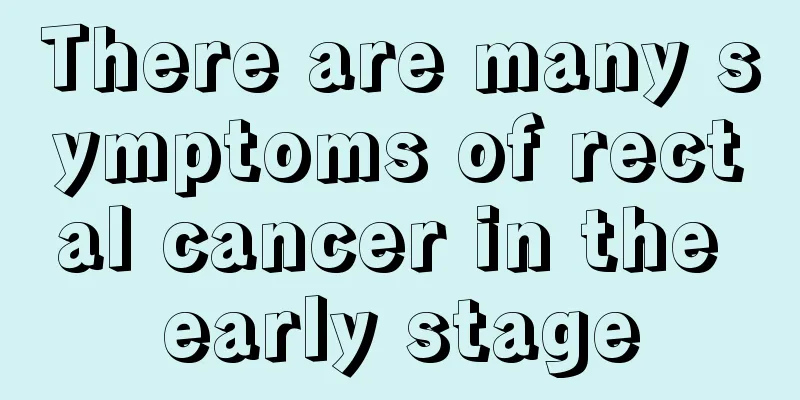What to do with gingivitis

|
Gingivitis is a very painful disease. Gingivitis patients can hardly eat or brush their teeth. It hurts when they walk, sit, and stand. As the saying goes, toothache is not a disease, but it is really painful when it happens. Usually, when people talk about toothache, they are referring to gingivitis. Gingivitis usually causes redness, swelling, heat and pain in the cheeks. Gingivitis refers to acute or chronic inflammation that occurs around the gum tissue. There are various types of gingivitis, but the most common and highest incidence rate is chronic simple gingivitis, which is called unclean gingivitis and marginal gingivitis again. Gingivitis commonly referred to is exactly chronic simple gingivitis. The following is an introduction to dietary health care for gingivitis. 1 The symptoms of gingivitis can be improved through timely self-conditioning. First of all, you need to pay attention to dietary conditioning, eating light and easily digestible food, and avoid eating spicy, irritating, and cold foods. 2 After being ill, rinse your mouth with saline or medicated mouthwash. Keep your mouth closed while rinsing. Use your cheeks, lips and tongue to fully activate the mouthwash so that it repeatedly impacts the gaps between teeth and food residues elsewhere, and then spit it out. 3 Develop good chewing habits and chew slowly. This can not only promote the secretion of digestive juice and facilitate the full digestion of food, but also promote circulation and is beneficial to the health of periodontal tissues. Get rid of the bad habit of chewing on one side. 4. Tap your teeth in the morning and evening, tapping up and down forcefully dozens of times. This can improve circulation and promote the metabolism of gum tissue. 5 Brush your teeth correctly, brush vertically regardless of front or back, and do it dozens of times on each part, brush once in the morning and once in the evening to thoroughly remove plaque and residue in the gaps. 6 Gum massage: Place your index finger on the gums and make local small circular rotation massage movements. Then rinse your mouth so that the gum area belonging to each tooth is massaged. Repeat several times. Pay attention to some details in daily life to avoid the occurrence of gingivitis. Brush your teeth once every morning and evening, use dental floss to thoroughly clean out any remaining food between your teeth before going to bed, go to the hospital to ask a dentist to clean your teeth every six months to prevent bacterial parasitism, and treat gingivitis in a timely manner, otherwise it can cause many other diseases. |
>>: Exercise methods for lumbar disc herniation
Recommend
Early symptoms of breast cancer
In recent years, breast cancer has become the num...
6 Misconceptions about Sleep
After a day of work or study, you are very tired....
The difference between lead-mercury spots and chloasma
With the development of social economy, people pa...
What to do if you fart a lot and are constipated
If you fart a lot and they are smelly, and if you...
What are the early symptoms of lymphoma
Lymphoma, also known as lymphoma, is a malignant ...
The effect of head acupuncture
Acupuncture in traditional Chinese medicine is th...
What are some common tests for suspected tongue cancer?
What are the common examination methods for suspe...
Biceps exercise method
For many male friends who want to have a strong b...
What is the first aid method for facial skin allergy
In order to maintain their skin, many women like ...
What's wrong with the high temperature of hydraulic oil?
Hydraulic oil is very commonly used in daily life...
The main effects of various types of traditional Chinese medicine in treating ovarian cancer
Ovarian cancer is a common gynecological tumor, w...
Pain below waist and above buttocks
Pain below the waist and above the buttocks is ge...
How serious is acute pancreatitis?
The pancreas is a very important organ in the hum...
What can a chest CT scan reveal?
With the continuous development of modern medicin...
The role of branched-chain amino acids
Branched-chain amino acids are further divided in...









